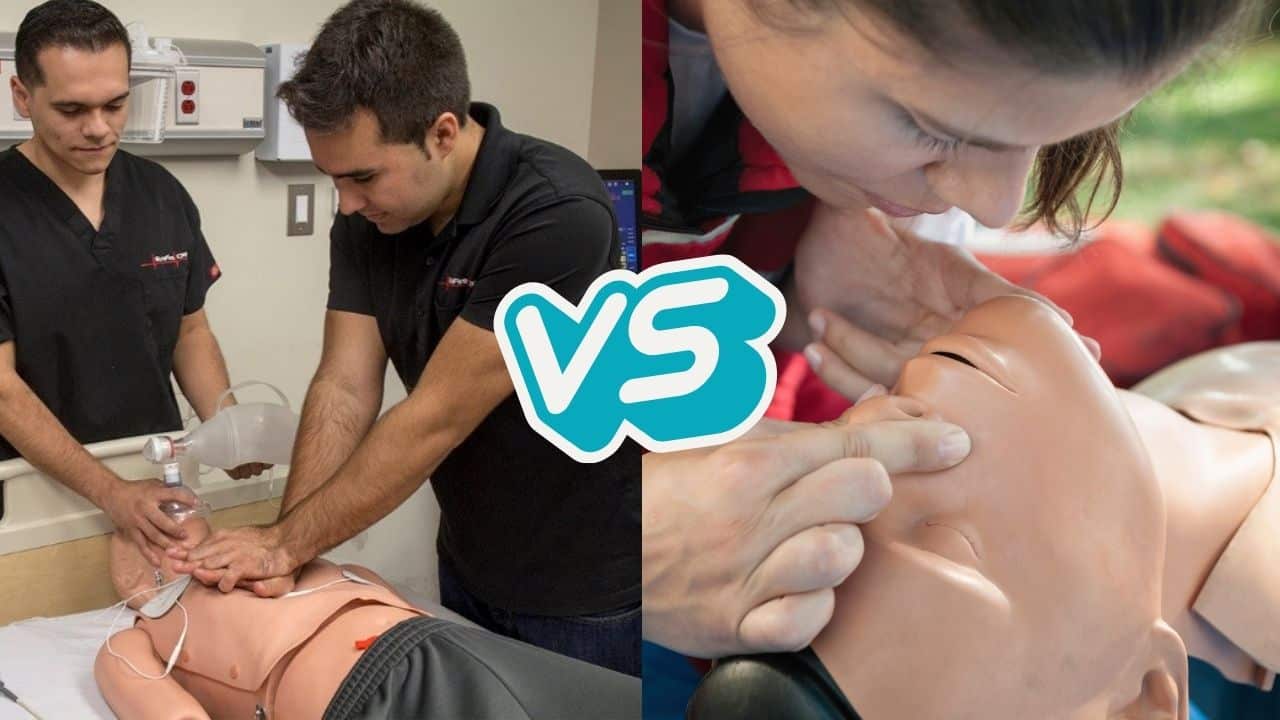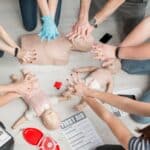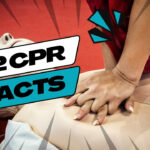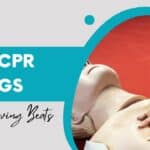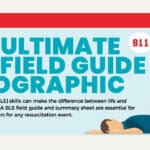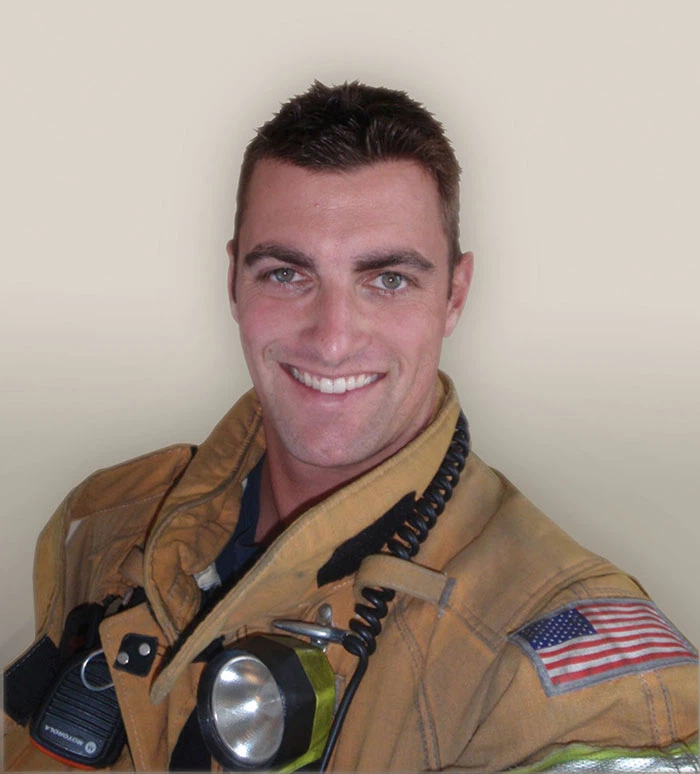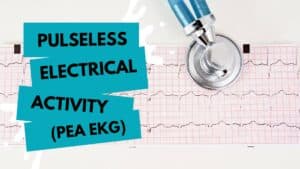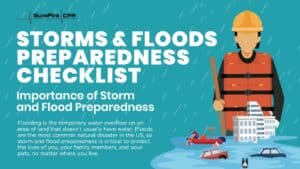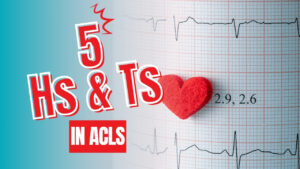Table of Contents
Hands-Only CPR vs. Mouth-to-Mouth CPR
Believe it or not, becoming a life-saver may be easier than you think. If you learn how to perform cardiopulmonary resuscitation (CPR), you could prove to be the difference between life or death for a sudden cardiac arrest (SCA) victim.
SCA occurs when the heart suddenly stops beating, which causes blood to stop flowing to the brain and other critical organs throughout the body. It can happen to anyone, at any time, regardless of an individual’s medical history. And if SCA is not treated within minutes, it may result in death.
To better understand why CPR is crucial to assist SCA victims, consider the following statistics from the American Heart Association (AHA):
- Over 73% of out-of-hospital cardiac arrests occur in homes or residences, meaning SCA victims are likely to be around their families or loved ones.
- If CPR is performed right away, a patient’s odds of survival are doubled or even tripled in the event of an out-of-hospital cardiac arrest.
- Only around 40% of SCA victims receive immediate help from a family member or bystander during an out-of-hospital SCA.
- The 2023 Heart Disease and Stroke Statistics reported over 356,000 cases of out-of-hospital sudden cardiac arrest.
- With each minute that CPR is delayed, a SCA victim’s chance of survival decreases by 10%.
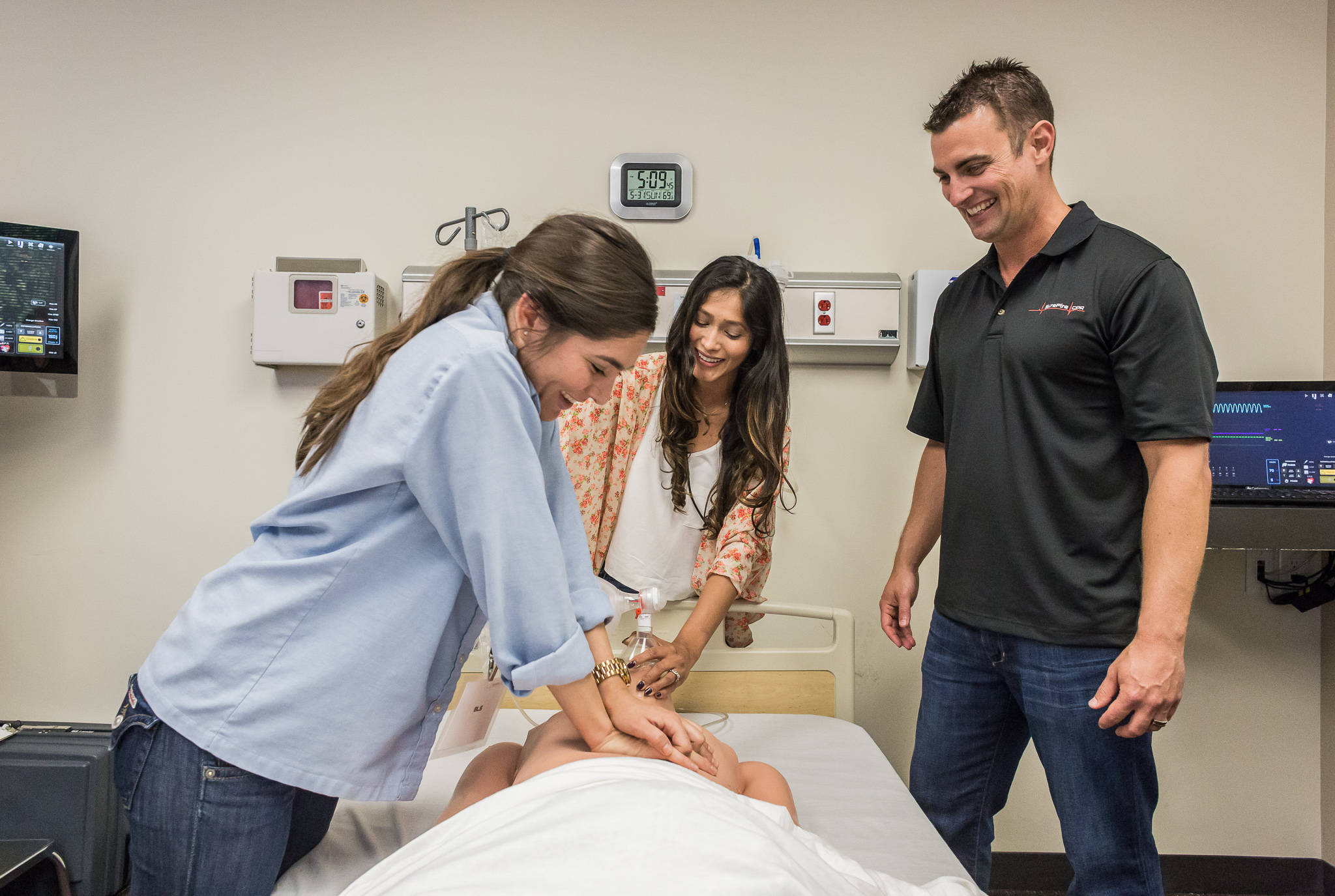
These statistics highlight the importance of CPR training. Together, we can help improve these odds. The more people who are trained, the more likely it is that SCA victims will receive immediate care.
You don’t need to be a medical professional to understand CPR and provide life-saving care. In fact, there are 2 types of CPR that are simple to learn: hands-only and mouth-to-mouth CPR. By studying both, you’ll be able to intervene during SCA and help save a life.
What Is Hands-Only CPR?
Hands-only CPR is a method where the rescuer uses chest compressions alone to treat the victim. The AHA recommends it for teens or adults whom you see suddenly collapse. With high-quality chest compressions, SCA victims can maintain sufficient oxygen in their vital organs until first responders arrive.
What to do
- Call 911 or have someone call 911 for you.
- Administer chest compressions.
That’s right: there are only 2 components of how to do hands-only CPR. Calling 911 or your local emergency response number should always be the first step when you witness SCA or any cardiac emergency. The sooner you call for help, the sooner the victim can receive professional treatment. Don’t worry if you’re nervous, the 911 operator will be able to walk you through what you need to do as well.
Chest compressions are the core of hands-only CPR. To administer chest compressions, push hard and fast on the center of the patient’s chest. Aim for a rate of 100 to 120 beats per minute. The AHA suggests administering compressions to the beat of the song “Stayin’ Alive” to achieve the right rhythm.When to use it
The AHA recommends following the hands-only CPR steps if you witness anyone suddenly collapse from suspected SCA. Hands-only CPR is recommended for teens and adults, but young children should receive both rescue breaths and chest compressions.
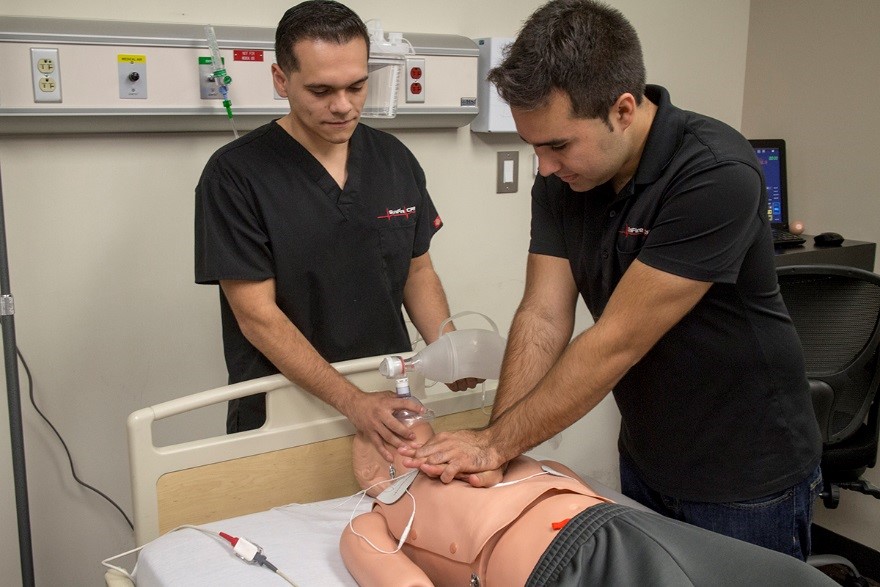
Why it’s important
- Hands-only CPR encourages bystander intervention. Sometimes, bystanders might be overwhelmed by the idea of a complicated CPR process or giving strangers mouth-to-mouth. A simplified – but still very effective – CPR technique encourages more people to learn and use CPR.
- Faster treatment: Would you hesitate to give mouth-to-mouth to a complete stranger? You’re not the only one. Every second counts during a cardiac emergency. Because bystanders are less likely to perform mouth-to-mouth, especially if they haven’t been CPR trained, hands-only CPR helps victims receive care faster. The AHA cites that “Americans who had not been trained in CPR within the past five years said they would be more likely to perform hands-only CPR”.
Further reading: Is Hands-Only CPR Effective?
What Is Mouth-to-Mouth CPR?
Mouth-to-mouth CPR is a method of CPR that includes both chest compressions and resume breaths. This is the “traditional” method of CPR that you may see on TV. While mouth-to-mouth CPR is very effective, it is not the method recommended by the AHA unless you’ve been CPR trained.
What to do
Mouth-to-mouth CPR has more steps than hands-only CPR, but it’s still easy to learn:
- Call 911 or have someone call 911 for you.
- Begin administering chest compressions. Give 30 compressions at a rate of 100 to 120 beats per minute, pushing hard and fast on the victim’s chest.
- Administer 2 rescue breaths. Pinch the victim’s nostrils closed using your thumb and index finger, then place your mouth over the victim’s mouth to create a tight seal. Breathe into their mouth until their chest rises.
- Continue a cycle of 30 chest compressions and 2 rescue breaths.
When to use it
There are some times when mouth-to-mouth CPR is preferred over hands-only CPR. The AHA recommends CPR with both chest compressions and rescue breaths in the following circumstances:
- If the patient is an infant
- If the patient is a child
- If the patient is not breathing normally or is unresponsive
- If the patient has downed, experienced a drug overdose, or collapsed from breathing problems
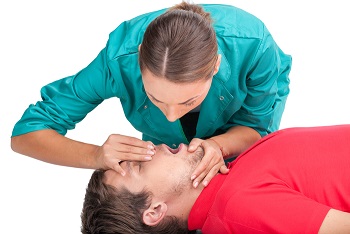
Why it’s important
- Ideal for trained professionals: If you are a medical professional or have completed CPR training, combined CPR including both rescue breaths and compressions is the preferred method.
- More complete care: In some instances, someone who has just collapsed might not be able to breathe normally. Rescue breaths can help restore oxygen to the vital organs faster. This gives patients a better chance of survival.
Mouth-to-mouth CPR requires additional effort in comparison to its hands-only counterpart. Barrier devices such as pocket or key chain masks can protect against bodily fluids that may be encountered while giving breaths.
Of course, if you encounter an SCA victim, call 911 and begin performing CPR immediately. Once advanced medical services arrive, they will be able to take over the care of the SCA victim.
The AHA also points out that any attempt to provide CPR to a person who suffers cardiac arrest is better than no attempt to provide help. If the person is not breathing, performing chest compressions to ensure the blood is flowing through the body is much more helpful than doing nothing.
Further reading: Do We Still Do Mouth to Mouth When Administering CPR
What Are the Benefits of Hands-Only and Mouth-to-Mouth CPR?
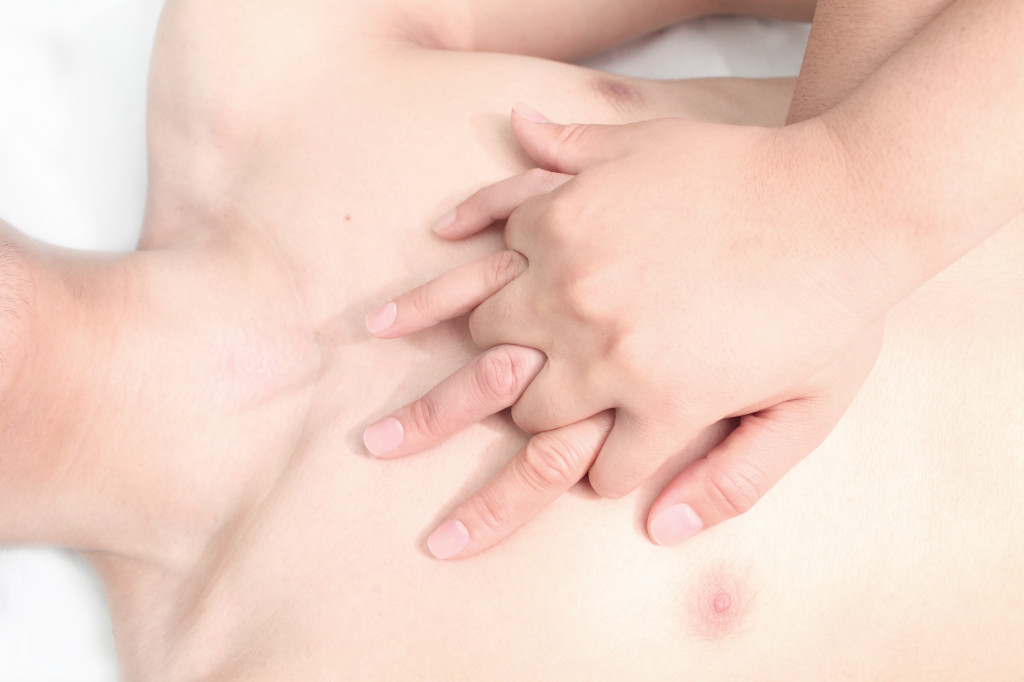
Hands-only and mouth-to-mouth CPR are valuable, and the benefits of both types of CPR extend beyond SCA victims.
CPR training courses include skills practice to teach individuals how to perform hands-only CPR. They are instructor-led and usually can be completed in only a few hours.
If an individual understands how to perform hands-only and/or mouth-to-mouth CPR, he or she may be able to encourage others to learn how to perform CPR. This may drive a revolution, one that leads many individuals to become CPR-certified so they can make a difference in their respective communities.
Which Is Better: Hands-Only or Mouth-to-Mouth CPR?
Ultimately, hands-only and mouth-to-mouth CPR empower anyone to become a lifesaver in an emergency situation. It’s up to the provider to choose which method they feel most comfortable with. When it comes to hands-only CPR vs. mouth-to-mouth, any CPR is better than no CPR. The AHA points out that CPR is a skill that can be improved with practice and recommends individuals take a CPR course to practice and learn CPR skills, including giving chest compressions and breaths. It also notes those who learn CPR are more confident about their skills than those who have not been trained. Plus, the AHA states a CPR training program that lasts even a few minutes provides skills training and practice that can help an individual prepare to perform chest compressions.
How Can You Learn to Perform Hands-Only and Mouth-to-Mouth CPR?
A CPR training program will explain the ins and outs of both types of CPR and ensure you’ll gain the skills and confidence needed to administer CPR in a critical situation.
There are many reasons to enroll in a CPR training program including:
A CPR training program offers comprehensive insights into hands-only and mouth-to-mouth CPR, the use of automated external defibrillators (AEDs), how to support conscious and unconscious choking victims, and more.
Many jobs require CPR certification, for example, teachers, corporate managers, security guards, etc. With a CPR training program, many schools and businesses can be ready for any emergency.
CPR training programs are offered around the country, ensuring students – regardless of age or experience – can find out how to perform hands-only and mouth-to-mouth CPR.
CPR training programs often serve as cost-effective options for parents, teachers, medical professionals, and others.
A typical CPR training program will feature both hands-on and classroom lessons that allow students to receive relevant CPR insights and practice hands-only and mouth-to-mouth CPR.
Because many CPR training programs are available, you should have no trouble finding a CPR class that matches your schedule.
Some CPR training program feature instructors who work as emergency medical technicians (EMTs), nurses, and other healthcare and medical personnel so you can learn from instructors that have done it in real life.
A CPR training program ensures you can get answers to your CPR concerns and queries right away.
As you develop your CPR skill set, you’ll be able to gain expert CPR insights so you can complete hands-only and/or mouth-to-mouth CPR properly in an emergency.
With hands-on and mouth-to-mouth CPR training, you may be able to save an SCA victim’s life.
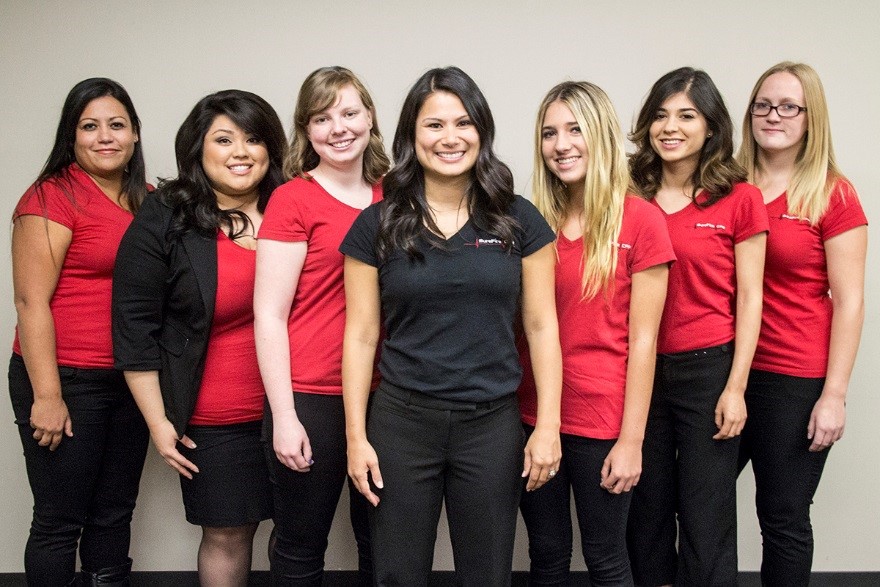
Learn How to Perform Hands-Only and Mouth-to-Mouth CPR Today
There are many opportunities to learn how to perform hands-only and mouth-to-mouth CPR. With hands-only and mouth-to-mouth CPR training, you may be able to help a family member, friend, colleague or neighbor survive an SCA emergency. You also can set the tone for your community, encouraging others to become CPR-certified to reduce the loss of life in SCA emergencies.
To learn more about how you can become CPR-certified in Southern California, please contact SureFire CPR at (888) 277-3143.

